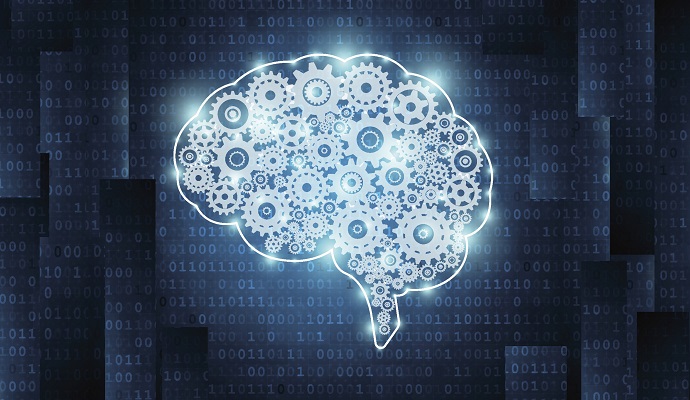Artificial Intelligence Tool Enhances Brain Stimulation Devices
Mayo Clinic and Google Research developed an artificial intelligence tool to provide better care for patients using brain stimulation devices.

Source: Getty Images
- Mayo Clinic researchers alongside the Google Research Brain Team developed a new artificial intelligence algorithm to improve brain stimulation devices to treat movement disorders and epilepsy.
For millions of people who struggle with epilepsy or movement disorders such as Parkinson’s disease, electrical stimulation on the brain is currently a widening treatment possibility. In the future, electrical stimulation could even potentially help those with psychiatric illness and direct brain injuries, including stroke.
However, according to researchers, examining how brain networks interact with each other is complicated. Brain networks can be studied by delivering brief pulses of electrical current in a specific area of a patient’s brain while also measuring the voltage responses in other areas.
In principle, researchers say they should be able to infer the structure of brain networks from the data. However, it becomes problematic with real-world data since recorded signals are complex, and only a limited number of measurements can be made.
To address the use, Mayo Clinic researchers created a set of paradigms that simplify comparisons between the effects of electrical stimulation on the brain.
Since a mathematical technique to characterize how assemblies of inputs converge in the human brain region did not exist, Mayo Clinic researchers teamed up with the Google Research Brain Team to develop an algorithm called “basis profile curve identification.”
Using artificial intelligence in the study, a patient with a brain tumor underwent placement of an electrocorticographic electrode array to locate seizures and map the brain’s function before removing the tumor. Every electrode interaction resulted in hundred to thousands of time points to be examined using the new algorithm.
“Our findings show that this new type of algorithm may help us understand which brain regions directly interact with one another, which in turn may help guide placement of electrodes for stimulating devices to treat network brain diseases,” Mayo Clinic neurosurgeon and first author of the study Kai Miller, MD, PhD, said in a press release.
“As new technology emerges, this type of algorithm may help us to better treat patients with epilepsy, movement disorders like Parkinson’s disease, and psychiatric illnesses like obsessive-compulsive disorder and depression.”
Fellow study co-author and member of the Google Research Brain Team Klaus-Robert Mueller, PhD added, “Neurologic data to date is perhaps the most challenging and exciting data to model for AI researchers.”
For the study, the authors provided a downloadable code package so others may explore the technique. Sharing the developed code is a core part of our efforts to help reproducibility of research,” said Dora Hermes, PhD, a Mayo Clinic biomedical engineer and senior author.
The research received support from the National Institutes of Health’s National Center for Advancing Translational Science Clinical and Translational Science Award, the National Institute of Mental Health Collaborative Research in Computational Neuroscience, and the Federal Ministry of Education and Research.
